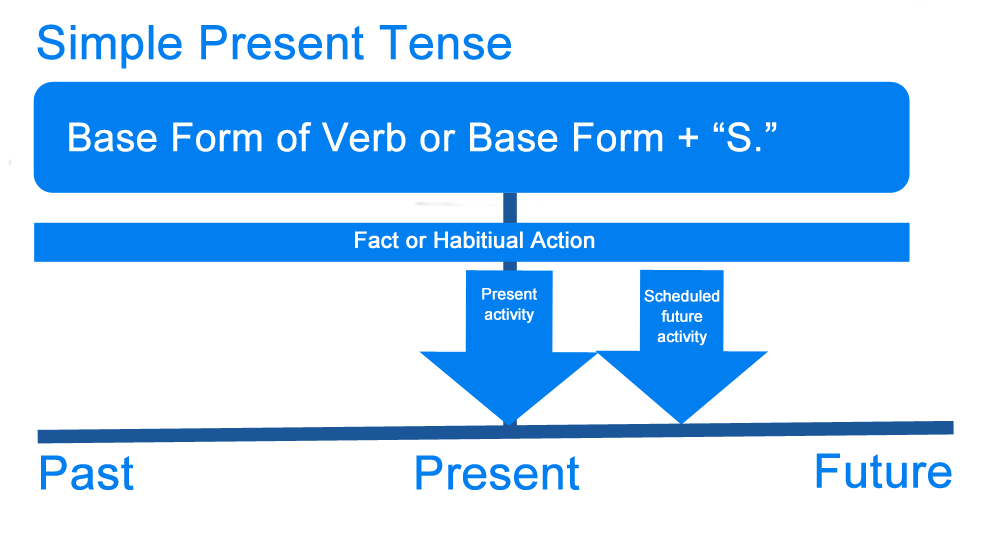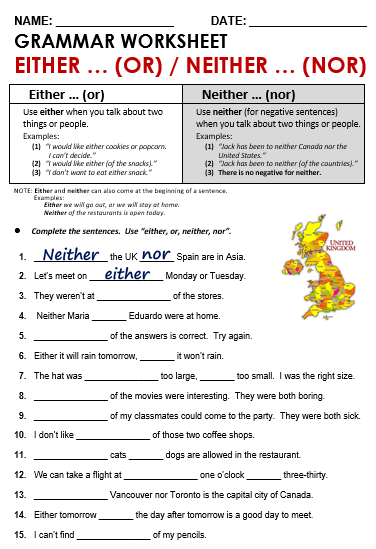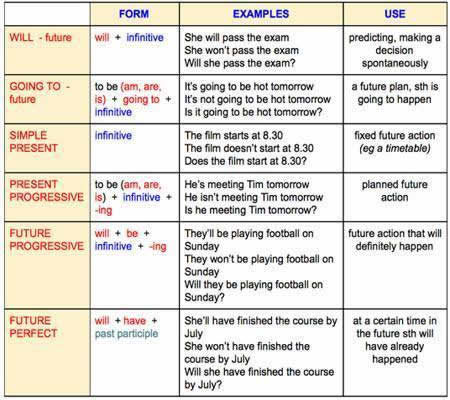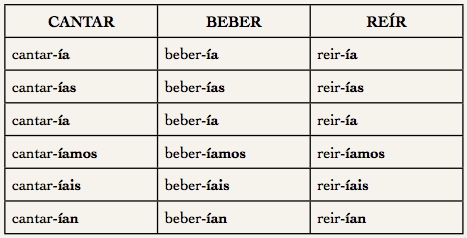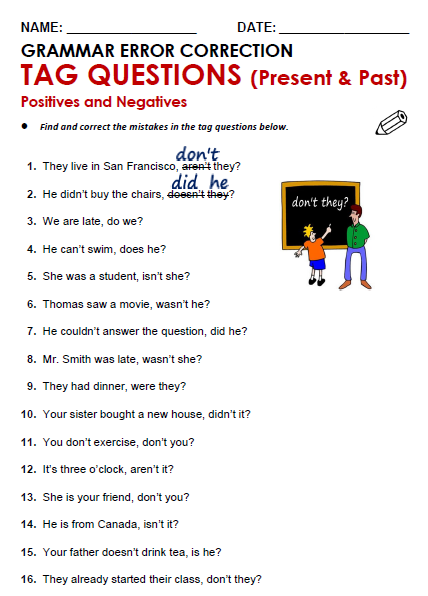-
Gallery of Images:

-
Definition Examples In English, verbs have different tenses to show the time the action occurred. One tense that is used frequently is the present perfect tense. result of actions in the past is important in the present It is not important when the actions happened. Affirmative sentences in the Present Perfect regular verbs. Long forms Negative sentences in the Present Perfect regular verbs. Long forms Contracted forms; I have not clean ed my room. Present perfect irregular verbs Present perfect rules and examples. have has Past Participle (3rd form) Conjugation present perfect. HeShe has listened to the song. Present perfect examples and sentences. Online exercises Present perfect, questions and Present perfect negative sentences. Present tense verbs are those verbs that refer to actions in the present time. The examples of present tense verbs are: Present Perfect Tense. Have you read Pride and Prejudice? With verbs not normally used in the continuous form, use the simple present perfect instead (verbs such as: know, hate, hear, understand, want). Note: the Present Perfect Progressive verbs are italics. And now, let the examples begin! Present Perfect Progressive Tense Example Sentences. The above examples of Present Perfect Progressive Tense are here to help you understand and use this tense properly and naturally. The present perfect tense might be a hard tense for learners of English and students often have a hard time keeping the present perfect tense apart from the past simple tense. Irregular Verbs 1 Irregular Verbs Simple Present, Simple Past and Present Perfect Tenses This is a list of Irregular Verbs. I will read the base form, the simple past tense and the past participle of The present perfect is a verb tense which is used to show that an action has taken place once or many times before now. The present perfect is most frequently used to talk about experiences or changes that have taken place, but there are other less common uses as well. What Is the Present Perfect Tense? (with Examples) The present perfect tense is oddly named because it is used to describe actions that began in the past. However, it is different from the simple past tense because quite often the actions being described are still continuing into the present. Examples of the Present Perfect Tense Here are some examples of the present perfect tense (highlighted). The present perfect is a grammatical combination of the present tense and perfect aspect that is used to express a past event that has present consequences. The term is used particularly in the context of English grammar to refer to forms like I have left. Here's a list of all the present perfect simple exercises and present perfect continuous exercises on my website. (If you need to review how to make the present perfect, click here) (If you need to review how to use the present perfect, click here). Practice exercises about how to make the present perfect: . Present Perfect Positive English Present perfect exercises. Present perfect with free online exercises, Present perfect examples and sentences. Online exercises Present perfect, questions and Present perfect negative sentences. Verbs can appear in any one of three perfect tenses: present perfect, past perfect, and future perfect. Verbs in the perfect form use a form of have or had the past participle. (It is the form of the helping verb that indicates the tense. ) Present perfect tense combines the present tense and the perfect aspect used to express an event that happened in the past that has present consequences. This tense is used to show a link between the present and past and is commonly used in everyday conversations, in the news, on. So here, we outline four of the main types of the present tense: simple present, present continuous, present perfect, and present perfect continuous. In the examples, the conjugated verbs that show the presenttense are in orange. Forming the Present Perfect Tense. In English grammar, the present perfect is a combination of the present tense and perfect aspect that is used to express a past event that has present consequences. The Present Perfect tense is a rather important tense in English, but it gives speakers of some languages a difficult time. That is because it uses concepts or ideas that do not exist in those languages. In fact, the structure of the Present Perfect is very simple. The present perfect is formed by combining the auxiliary verb has or have with the past participle. He has written a letter to Mara. We have been stranded for six days. Exercises on Present Perfect The present perfect simple expresses an action that is still going on or that stopped recently, but has an influence on the present. It puts emphasis on the result. The present perfect of any verb is composed of two elements: the appropriate form of the auxiliary verb to have (present tense), plus the past participle of the main verb. The past participle of a regular verb is base ed, e. The time expressions already, for, since, and yet may be used in the past perfect simple, as they are in the present perfect simple. Remember the following rules for using other time expressions: Use after, as soon as, the moment that, until before using the past perfect simple. Present perfect progressive tense describes an action that began in the past, continues in the present, and may continue into the future. This tense is formed by using has have been and the present participle of the verb (the verb form ending in ing ). The German perfect tense implies that a present tense verb is describing a past event, Although the majority of present perfect German verbs use haben, some verbs use sein (to be) instead to form the present perfect tense. These verbs are for example: gehen (to go), kommen (to come) and werden (to become). Present Perfect Tense exercises with answers Check the correct answers to this exercise on Present Perfect Tense Fill in the gaps with the right forms of the verbs in brackets to complete the following English sentences in Present Perfect Tense. Ther verbs haben and sein are used as auxiliary or helping verbs in the present perfect. Sometimes it can be difficult to know which verb to use. Luckily, there are a few rules for the usage of haben and sein in the German present perfect tense. The present perfect tense (perfekt) in German is a common verb form of the past tense. Learn the rules for using it with weak, strong, and mixed verbs. Note: the Present Perfect verbs are italics. And now, let the examples begin! Present Perfect Tense Example Sentences. Actions that happened at an unspecified time before the present: The above examples of Present Perfect Tense are here to help you understand and. Difference between Present Perfect and Past Perfect in English. Advanced English Grammar Course. Free Download: 500 English Phrases. Both present perfect and past perfect talk about something that happened before a point in time (reference point). Examples of the present perfect: My mother has just gone to the store. To make the present participle of regular verbs: If the basic form of the verb ends in a consonant or a vowel other than e, add the ending ing (e. If the verb ends in e, drop the e before adding ing (e. To verbs end in y after a consonant (any letter that isnt a vowel), change the y to i and add es. Ex: study stud ies, fly fl ies Sometimes the present simple tense doesnt seem very simple. In British English, the use of Simple Past and Present Perfect is quite strict. As soon as a time expression in the past is given, you have to use Simple Past. If there are no signal words, you must decide if we just talk about an action in the past or if its consequence in the present is important. English Grammar Glossary of Key Terms present progressive, present perfect and present perfect progressive. The simple present is the most common form, used primarily to express facts and habits, detail the action of scheduled future events and to tell stories in a more compelling. Present Perfect Tense This tense expresses an idea of completion or occurrence of an action in past without giving an idea about the exact time of its occurrence. Though, the time of the action is not exactly known, this tense is mostly used to refer to actions completed in. The Present Perfect 31 2 3 Working on YesNo Questions with Irregular Past Participles Complete these questions with the past participles of the verbs in the box. Remember that the tense of a verb refers to the time of the action or state of being. To form the perfect tenses, you must use auxiliary verbs. Present PerfectPresent tense of have past participle. Past PerfectPast tense of have past participle. What are the present perfect and the past perfect? A verb tense tells us when the action or state described by the verb happened. The three main verb tenses in English are the present, the past, and the future. The present tense is made up of. We form the Present Perfect with have and the past participle (regular verbs: infinitive ed; irregular verbs: 3rd column of the table of the irregular verbs) has 3rd person singular (he, she, it) To make the positive present perfect tense, use: 'have' 'has' the past participle Make the past participle by adding 'ed' to regular verbs (for example, 'play' becomes 'played') The present perfect is formed from the present tense of the verb have and the past participle of a verb: . The present perfect continuous is formed with havehas been and the ing form of the verb: . We use the present perfect tense: for something that started in the past and continues in the present: ; Theyve been married for nearly fifty years. She has lived in Liverpool all her life. The present perfect continuous (also called present perfect progressive) is a verb tense which is used to show that an action started in the past and has continued up to the present moment. The present perfect continuous usually emphasizes duration, or the amount of time that an action has been taking place. Introduce the Present Perfect Regular verbs Give examples in past simple: Yesterday, I had a busy day. Lead in to present perfect: I have received only a few today. Show students how the present perfect is formed: havehas plus the past participle. Tell them that the past participle of regular verbs ends in ed, just as in simple past. Regular Verbs with sound of t 1 Regular Verbs Simple Present, Simple Past and Present Perfect Tenses This is a list of Regular Verbs. These verbs use ed for the simple past tense and the past participle. The ed ending sounds like t I will read the base form, the simple past tense and the past participle of the verb. Present Perfect Passive Causative Verb Usages Examples Learn Present Perfect Passive Causative Verbs Usage of Present Perfect Passive Causative Verbs, Examples, and Structures with Video Lecture in English Grammar the differences between the present tense and the present continuous tense The following table shows the spelling rules for verbs in the Simple Present Tense. Verbs have different forms, called tenses. The tense of a verb tells us when the action happens. The present perfect consists of two verbs: helping verb (havehas) and main verb (past participle). The following table shows some examples of the present perfect tense. The present perfect continuous tense (also known as the present perfect progressive tense) shows that something started in the past and is continuing at the present time. The present perfect continuous is formed using the construction hashave been the present participle (root ing). In the present perfect tense, the main verb is in the past participle form. This is not difficult for regular past tense verbs. For regular verbs, the past participle form of the verb is the same.
-
Related Images:
